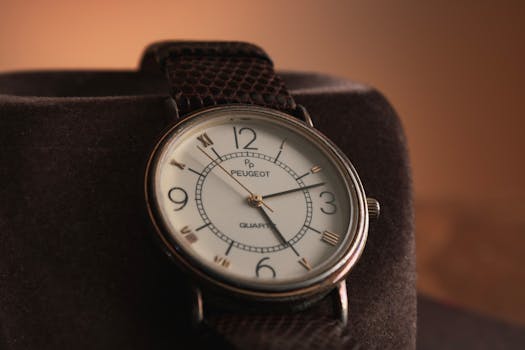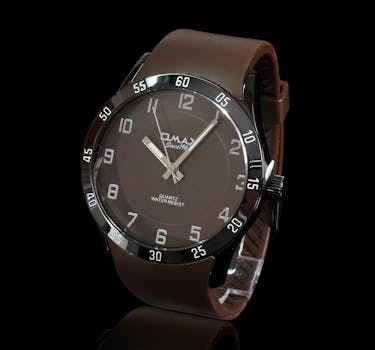Introduction

Quartz technology has transformed the landscape of watchmaking since its inception in the late 20th century. Unlike traditional mechanical watches powered by intricate gears and springs, quartz watches harness the piezoelectric properties of quartz crystals to provide unparalleled accuracy and reliability. This technological shift has not only initiated a debate between purists who prefer the artistry of mechanical watchmaking and advocates of modernity but has also influenced market dynamics, manufacturing processes, and consumer preferences globally.
The Shift to Quartz: A Game Changer

The introduction of quartz movements in the 1970s marked a pivotal moment in horology. Japanese brands like Seiko and Citizen seized the opportunity to produce affordable, highly accurate wristwatches. The Quartz Crisis, also known as the Quartz Revolution, disrupted Swiss watchmakers who had long been regarded as the gold standard. The prevalence of quartz watches offered consumers greater affordability, thereby pushing traditional brands to innovate and adapt.
Accuracy and Maintenance Benefits

Quartz watches typically boast accuracy levels of +/- 15 seconds per month, which is significantly better than the +/- 5-10 seconds per day of traditional mechanical watches. This stellar precision eliminates the need for regular winding or movement adjustments, making quartz timepieces low-maintenance and user-friendly. For professionals requiring reliable tool watches—such as pilots, divers, or race car drivers—these innovations further forged deeper connections between modern timekeeping needs and technological capabilities.
Innovation in Design and Functionality

Quartz technology opened new windows for design possibilities in watchmaking. With fewer moving parts compared to mechanical watches, quartz movements allowed for the creation of sleeker, more versatile designs. Events such as smartwatches capitalizing on quartz’s adaptability came to the forefront. Manufacturers now integrate various functions—from fitness tracking to smart notifications—within traditional designs or contemporary styles, blending aesthetics and technology in customers’ wrist experiences.
The Traditional Craftsmanship Experience

Despite the overall benefits of quartz technology, traditional watchmaking endures as a resilient and respected art form. The skill most prized among traditional horologists lies in fine craftsmanship, luxury materials, and meticulous watch assembly. Exclusivity and handmade artistry give remarkable mechanical pieces their devoted followings and premium price ranges, standing as symbols of innovation within long-standing legacy traditions.
Conclusion

The onset of quartz technology has indelibly impacted traditional watchmaking, prompting concord and contrast within the watch community. While quartz movements initiated extensive evolution through design, accuracy, and multifunctional devices, the unmatched charm of unparalleled craftsmanship preserved in traditional watches continues to appeal to collectors and enthusiasts. As the industry evolves and incorporates advancements, the challenge lies in navigating this technological crossroad—celebrating the magnificence of arts through craftsmanship while embracing an exciting, technically driven future.
Takeaways

- Quartz technology revolutionized the traditional watchmaking industry.
- Quartz movements offer greater accuracy and lower maintenance compared to mechanical counterparts.
- Innovation in design has flourished with quartz, accommodating both modern and traditional aesthetics.

